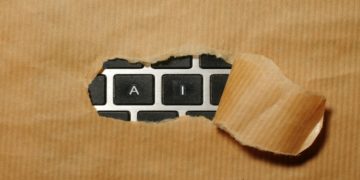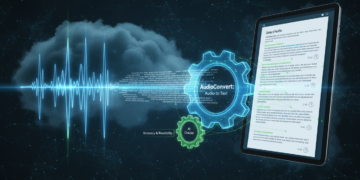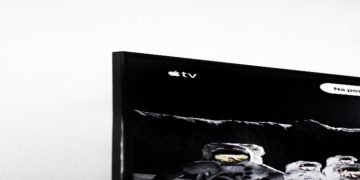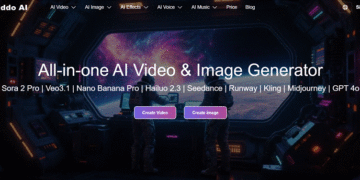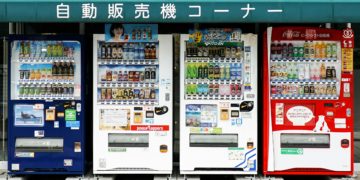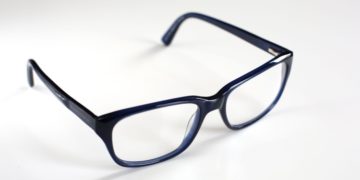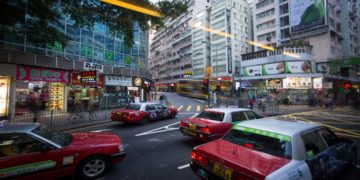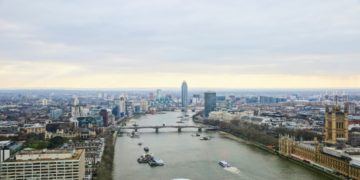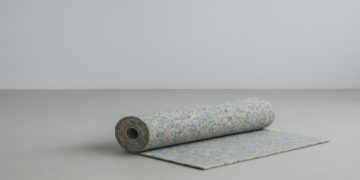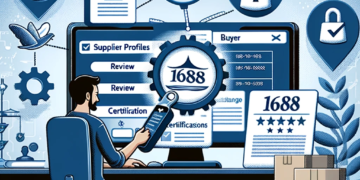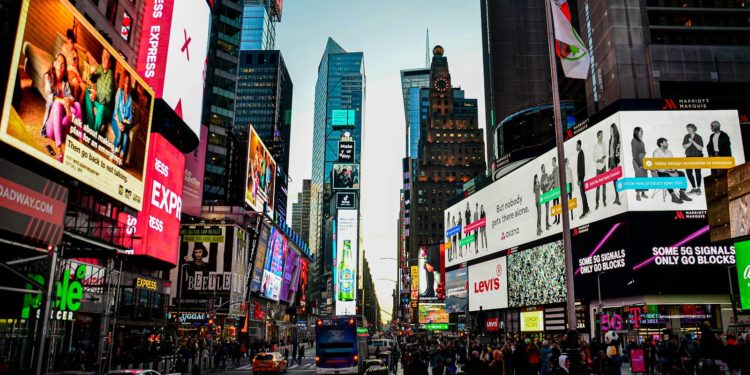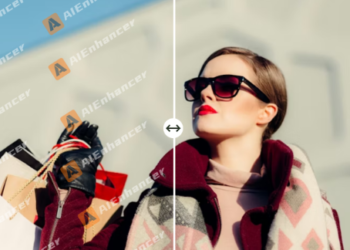Ever picked up a flyer, glanced at it for half a second, and tossed it aside? That’s exactly what no business wants. A great flyer doesn’t just sit in someone’s hand—it grabs attention, sparks interest, and makes an impression that lasts longer than a quick glance.
The challenge? Standing out in a world flooded with marketing messages. Cheap Business Flyers & Leaflets can help you with that! A flyer or leaflet isn’t just a piece of paper with words—it’s a tool. It should tell a story, guide the reader’s eye, and, most importantly, make them take action. Whether it’s for a grand opening, a product launch, or a special promotion, the right design can turn a simple flyer into a powerful marketing asset.
Start with a Clear Goal
Before jumping into colors, fonts, and layouts, it all starts with one simple question: What’s the goal? A flyer designed to promote a sale looks different from one introducing a new service. Some need to be informative, others persuasive, and some just need to get straight to the point. A strong flyer isn’t overcrowded with messages—it has one main focus and everything else supports it.
Headline First, Everything Else Second
The headline is what makes people stop. It needs to be clear, engaging, and impossible to ignore. Whether it’s a bold statement, a question, or a direct call to action, the goal is to make someone want to read more. Generic phrases like “Best Services in Town” get lost in the noise. A headline like “50% Off This Weekend Only” or “Tired of Slow Wi-Fi? We Can Fix That” creates curiosity and urgency.
Keep the Design Clean and Intentional
A cluttered flyer is a lost opportunity. The best designs feel open, balanced, and easy to scan. Every element—text, images, and whitespace—should have a purpose. Too many fonts? Confusing. Random graphics? Distracting. The right combination of colors, images, and typography makes a flyer not just readable but visually appealing.
A few rules of thumb:
- Stick to two or three fonts to keep things consistent.
- Use color strategically—bold for emphasis, neutral for balance.
- Make sure there’s breathing room; crammed content turns readers away.
Images That Tell a Story
A strong image can do more in a second than words can in a paragraph. High-quality visuals help people connect with a flyer instantly. A restaurant flyer? Show mouthwatering food. A fitness class promo? Capture energy and movement. The right image should reinforce the message, not just decorate the page.
For those using product images, professional photography makes all the difference. If hiring a photographer isn’t an option, well-lit, high-resolution photos with clean backgrounds do the trick. And for those relying on stock photos? Choosing authentic, natural-looking images over staged, generic ones makes a flyer feel more real.
Make the Call to Action Impossible to Ignore
A flyer isn’t just about looking good—it’s about getting results. A clear, compelling call to action (CTA) tells the reader exactly what to do next. Should they visit a website? Call a number? Show the flyer for a discount? Whatever it is, it should be bold, obvious, and easy to follow.
QR codes have become a game-changer here. Instead of listing long website links, a simple scan can take someone straight to a landing page, an exclusive offer, or even a sign-up form. And for physical locations, a map or a clear address ensures no one gets lost on the way.
Choosing the Right Format and Finish
Size and material matter more than most people think. A business card-sized flyer won’t work for a detailed event schedule, just like an oversized leaflet might feel excessive for a simple promo. The standard A5 size works well for most purposes, while tri-fold leaflets offer more space for organized sections.
Paper quality also plays a role. Glossy finishes make colors pop and feel premium, while matte textures give a more subtle, elegant look. A flimsy, low-quality flyer sends the wrong message, while a well-printed one feels professional and credible.
Less is More—Always
People don’t read flyers, they skim them. If a design is overloaded with text, most of it won’t get read. Short, snappy sentences work best, along with bullet points (used sparingly) to break things up. Simple, straightforward language beats industry jargon every time.
And when in doubt, testing always helps. Printing a few versions, asking for feedback, and tweaking the design based on real reactions can turn a decent flyer into a truly effective one.
Designing for Impact
A flyer or leaflet is more than just an announcement—it’s a first impression, a brand extension, and a marketing tool all in one. The best designs don’t just look good; they communicate clearly, grab attention, and leave a lasting impact.
With the right balance of bold headlines, eye-catching visuals, clean layouts, and a strong call to action, a simple flyer can become something much bigger: an opportunity to connect, engage, and bring in new business. And in the end, that’s what great marketing is all about.




